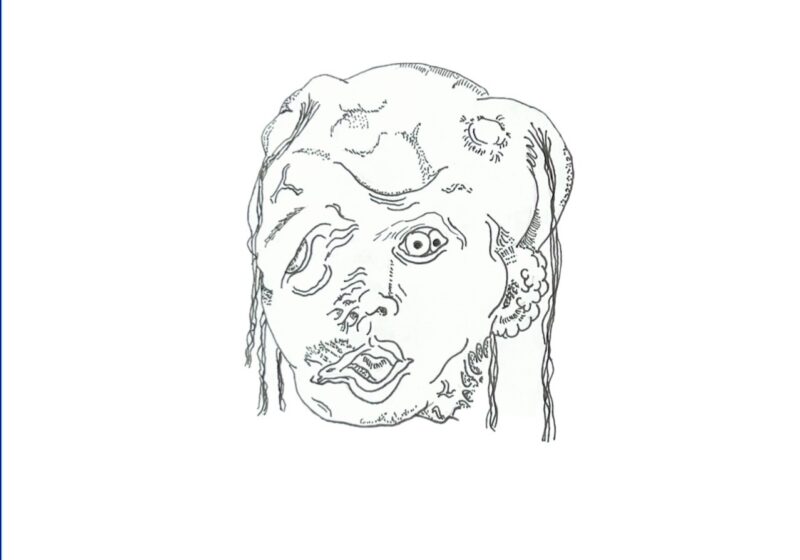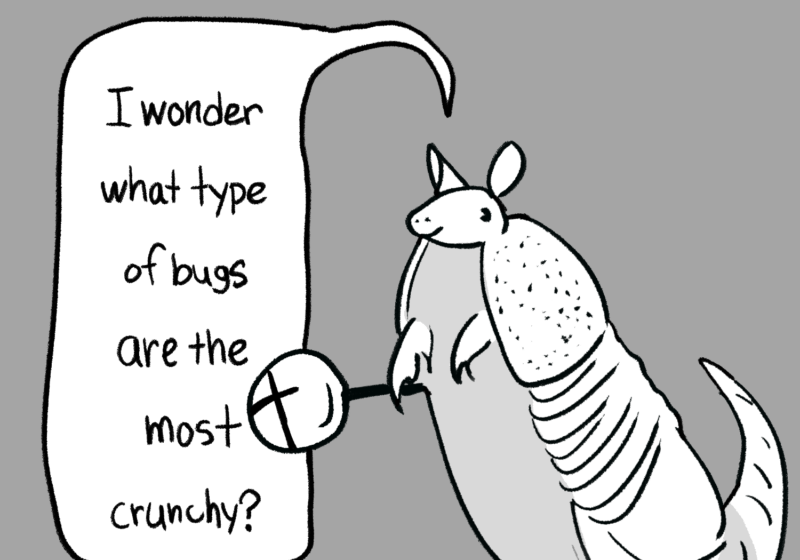Another year, another tuition increase. In a perfunctory email sent out to the student body on Sunday, the University announced that tuition would increase by 3.7 percent for the 2017-2018 academic year.
“These tuition increases balance our intent to continue to control costs while simultaneously continuing to provide an outstanding education to our students,” President Seligman said in a statement on the now $66,141 yearly commitment.
That yearly tuition raises are part and parcel of any college education is, unfortunately, a moot point that’s long past discussion. Regardless, the administration and the student body are both done a disservice by the opacity of the process by which the final number for tuition is reached and how the distribution of those dollars is decided.
Of course students are interested in the University’s ability to “attract and retain our extraordinary faculty and staff,” as the statement reads.
But if that statement alone is the beginning and end of the evidence of that undertaking, how are students expected to see that in action? Where can they look for tangible results?
There is indeed a financial report available on the University website, but the document is hopelessly dense and inscrutable to those who aren’t familiar with balance sheets, to say nothing of those for whom English is a second language. There needs to be a fact sheet, much like the one put out by Admissions and Financial Aid, that distills this information into a digestible form, with greater detail available on request.
Greater transparency in this process would also help to dispel the notion that many of the recent campus projects are more for the benefit of attracting prospective students and visiting alumni than for the student body.
Was there a demand for our shiny new dining hall? The food’s better, sure, but couldn’t that have been accomplished without a complete change in venue? What about moving the bookstore off campus, to the inconvenience of students?
The list goes on.
That these projects were undertaken to impress only prospective families, and not the students who are actually here, can’t be said definitively, of course. But as groups that directly touch students—University Counseling Center, Office of Minority Student Affairs, and service workers, to name a few—scrounge for resources, students can’t really be blamed for wondering whether their tuition payments are bumping up the salary of one of the horde of deanlets scurrying about campus, or, say, for an entire quad of new grass to be put down in advance of Meliora Weekend.
Obscuring those details is how a disgruntled, apathetic student is created. Make this information readily available, and you can chip away at that.
Forgive us if it seems useless to lament the increased financialization of American higher education, wherein the organizing principle has become cost-efficiency, rather than whatever an institution claims as its core values. We’re going to continue to point this out until it changes, especially since these new costs are uniformly borne by students, campus service workers, and adjunct professors, among others.
The first obligation of institutions with endowments in the billions should be to its financially weakest community members, rather than to its bottom line.
If the administration agrees with that sentiment, than it should move to accept representatives from the student body, faculty, and SEIU Local 200United (representing campus and Medical Center workers) as voting members of the Board of Trustees tasked with making these decisions on tuition and appropriation of University funds.
Allow those most directly affected by these decisions to have a say in their formulation.





